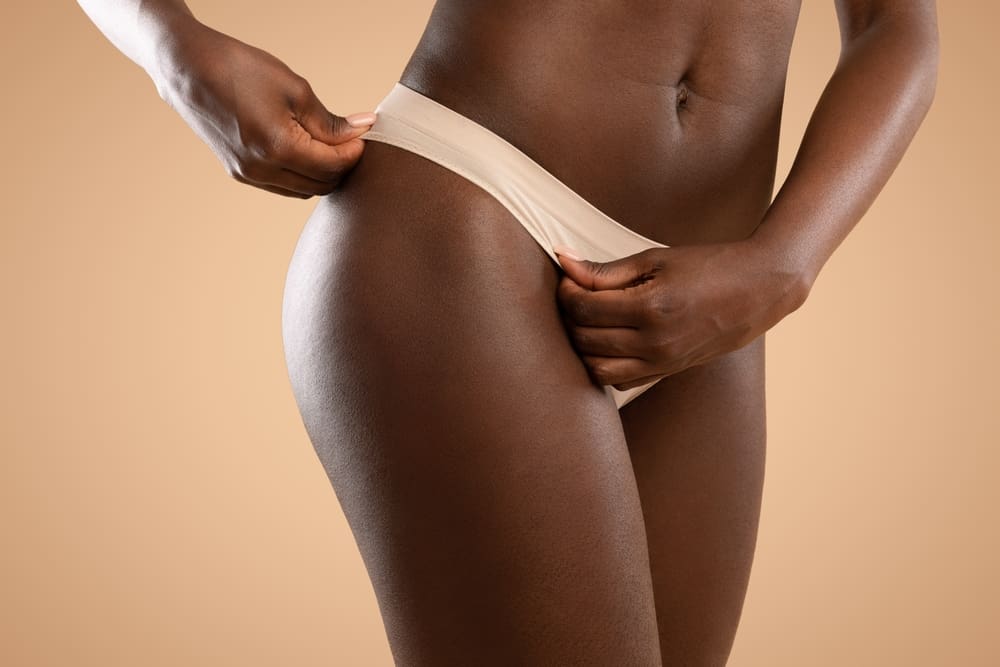A recent study published in Environment International has raised concerns about toxic metals, such as lead and arsenic, in tampons across various brands. This groundbreaking research analyzed 18 product lines from 14 different brands, revealing the presence of 16 different metals, including some with no safe exposure levels.
Key findings from the study
The study, the first to explore metal levels in menstrual products, found measurable concentrations of various toxic metals. Notably, lead and arsenic were detected in significant amounts, with lead levels being in nonorganic tampons and arsenic levels more pronounced in organic options. Despite these findings, the study’s authors advise against panic, as the impact of these metals on health is still unclear.
Expert insights
Experts like Jamie Alan, Ph.D., from Michigan State University, and Christine Greves, M.D., from the Winnie Palmer Hospital for Women and Babies, emphasize the need for further research. They note that while the vagina’s permeable skin could potentially absorb these metals, the actual risk posed by such exposure remains unknown. Dr. Greves suggests exploring alternative menstrual products, such as pads or menstrual cups, for those concerned about the findings.
Regulatory and research gaps
The study highlights a significant gap in regulations, as current laws in the United States, United Kingdom, and Greece do not require menstrual products to be tested for harmful chemicals or metals. This lack of regulation could potentially expose millions of users to unknown risks. The researchers advocate for more stringent testing and better labeling of tampon ingredients to ensure consumer safety.
Looking ahead
While the discovery of toxic metals in tampons is concerning, the consensus among experts is that more scientific evidence is needed to determine the true impact. In the meantime, consumers are encouraged to stay informed and consider alternative menstrual products if they have concerns. Additionally, pushing for improved product testing and transparency in labeling can help enhance safety standards for all menstrual products.





